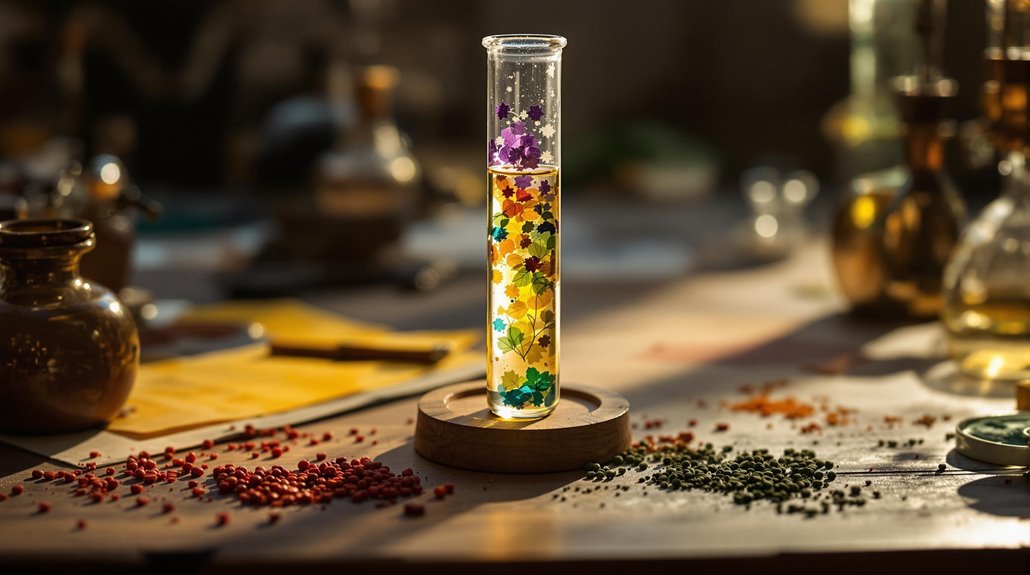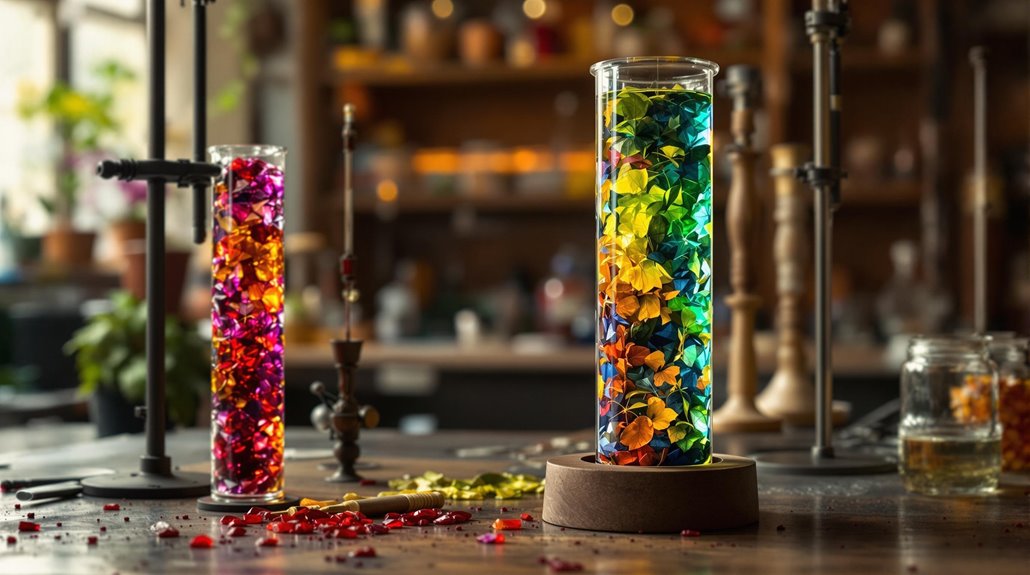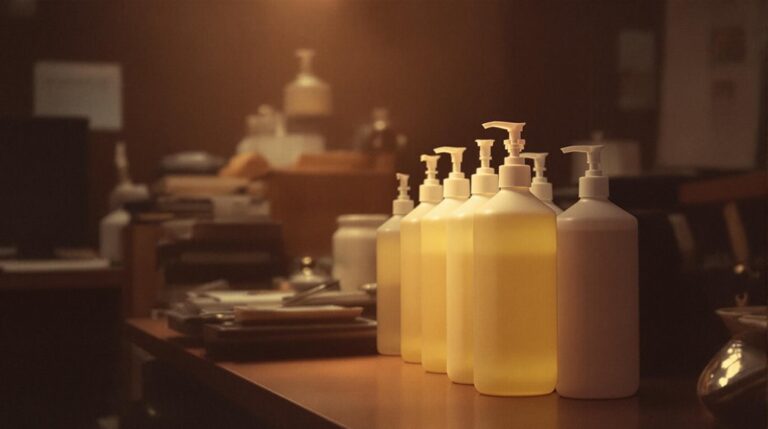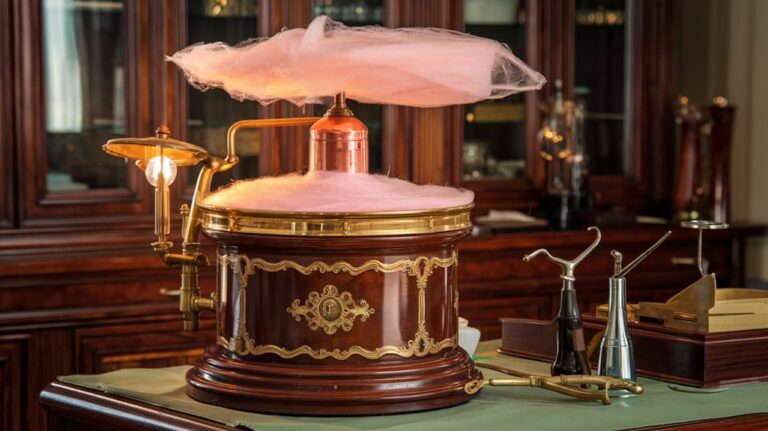Mikhail Tswett’s Rainbow in a Tube: How Plant Pigments Led to Chromatography
When you look at a vibrant fall leaf, you're witnessing the same color separation that captivated Mikhail Tswett in 1901. The Russian botanist's curiosity about plant pigments led him to develop a technique that would transform analytical science forever. By pushing plant extracts through a chalk-filled glass column, he created distinct bands of color that revealed nature's hidden components. What started as a simple study of leaf pigments would soon revolutionize everything from drug development to environmental testing.
The Making of a Scientific Pioneer
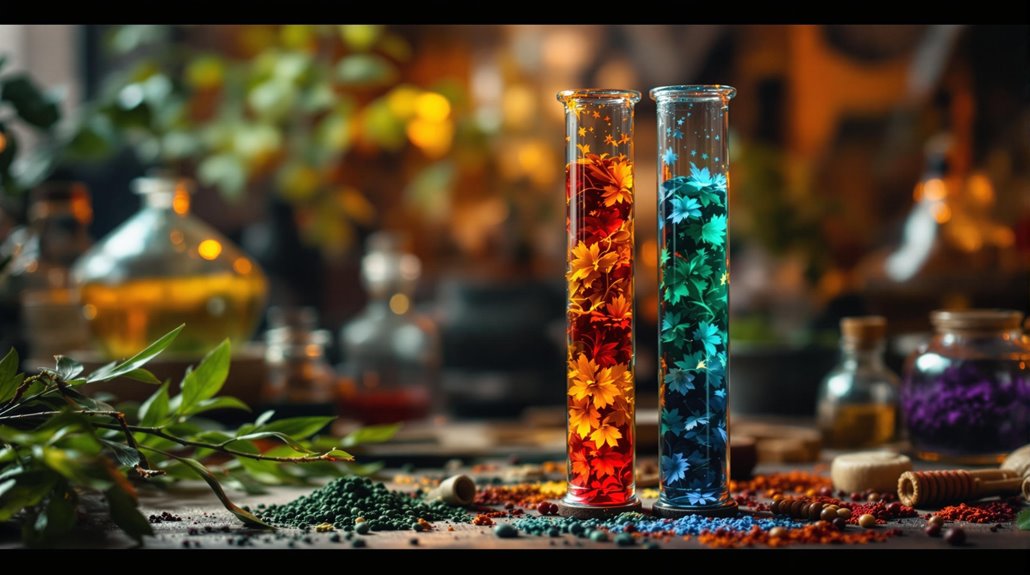
While many pioneering scientists enjoyed strong institutional support, Mikhail Tswett forged his path against considerable odds. Born to a Russian father and Italian mother in 1872, he lost his mother as an infant and grew up in Switzerland, where his educational journey began in the schools of Lausanne and Geneva.
His scientific perseverance emerged early as he pursued botany at the University of Geneva, earning his Ph.D. in 1896. He received recognition for his talents when he was awarded the Davy Prize in 1894 for his first scientific work.
You'd think his doctorate would open doors in Russia, but when he relocated to St. Petersburg, he faced immediate obstacles. His foreign credentials weren't recognized, forcing him to earn a Russian master's degree while teaching and working at the Academy of Sciences.
Despite these setbacks, he secured a position at Warsaw University, where his dedication to plant pigment research would soon change science forever. His multilingual abilities proved invaluable as he published scientific papers in French, Russian, and German.
From Plant Colors to Groundbreaking Discovery
As Tswett dove into his research at Warsaw University in the early 1900s, he became fascinated by a puzzling observation: different solvents pulled varying colors from plant leaves.
This curiosity led him to pioneer a revolutionary scientific methodology that would change pigment analysis forever. His advancements in column chromatography techniques created the foundation for modern analytical methods.
You might wonder how he made his breakthrough. After testing over 100 substances, Tswett discovered that packing calcium carbonate into small tubes created an ideal environment for separating plant pigments.
When he added his pigment solutions, they formed distinct colored rings in the tube. He first demonstrated this technique, which he named "chromatography," at the 1901 Congress of Naturalists and Doctors. Tswett's groundbreaking work was officially recognized when he first used the term in a scientific publication in 1906.
The Mechanics Behind the Rainbow Column
Once Tswett perfected his experimental setup, the mechanics behind his revolutionary separation technique proved elegantly simple.
You'd find the heart of his method in narrow glass tubes packed with carefully selected adsorbents like calcium carbonate, inulin, or alumina. These materials showed remarkable ability to grip different pigments with varying strengths. World War I's relocation of his laboratory did not stop his pioneering work with these methods.
The adsorption mechanisms came to life when you'd add a ligroin solution containing plant pigments to the column. You'd observe distinct colored rings forming and slowly separating as they moved downward. Scientists today still use this technique, typically mixing silica gel with solvent to create the optimal column conditions.
The pigment separation occurred because each compound stuck to the adsorbent differently, creating that striking rainbow effect. By changing solvents during the process, you could control how quickly each pigment traveled, making the separation even more precise and effective.
Early Resistance and Scientific Skepticism
Despite Tswett's elegant separation technique, the scientific community met his 1906 publications with fierce skepticism and opposition.
Leading the resistance was Professor Leon Marchlewski, who dismissed chromatography as "a simple filtration experiment," creating significant scientific barriers to its acceptance.
Tswett's position as a Privat-Dozent lecturer at the University of Warsaw made it even harder to defend his groundbreaking work against established scientists.
In the historical context of early 20th-century chemistry, scientists preferred isolating single substances through traditional methods like distillation and crystallization.
Many researchers misunderstood chromatography's fundamental principles, failing to grasp the role of adsorption in the separation process. They wrongly assumed it worked only with colored compounds and couldn't surpass existing methods.
Even Tswett's demonstrations in Berlin couldn't convince his critics, and the technique's adoption remained stagnant for decades, further delayed by World War I and the Russian Revolution.
His research on chlorophyll and carotenoids would later prove instrumental in validating his separation methods, though this recognition came after his death in 1919.
The Renaissance of Chromatographic Methods
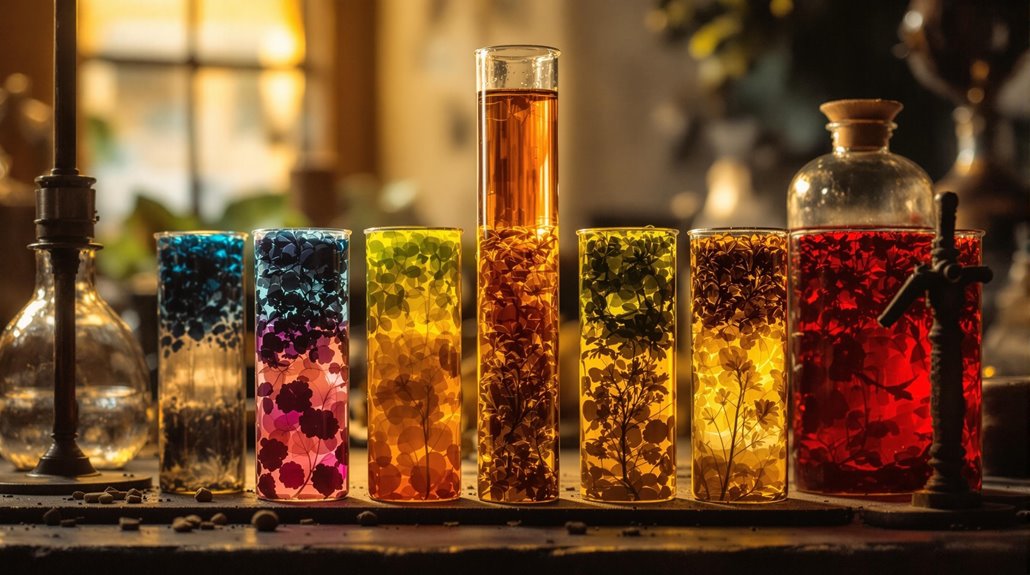
When Richard Kuhn and Edgar Lederer successfully applied Tswett's chromatographic method to carotenoids in 1931, they sparked a scientific renaissance that would revolutionize analytical chemistry.
You'll find that the subsequent methodological innovations came rapidly, with Arne Tiselius's electrophoresis in 1937 and Martin and Synge's groundbreaking partition chromatography in 1941.
The development of ion-exchange resins in the mid-20th century marked a significant advancement in compound separation and purification techniques. The introduction of ultra-fine particles in modern UHPLC systems has further revolutionized separation efficiency and resolution.
The chromatographic evolution really took off with these key developments:
- Paper chromatography revolutionized chemical separation in 1944
- Gas chromatography emerged as a powerful analytical tool in 1952
- UV detectors enhanced liquid chromatography in the 1950s
- HPLC transformed pharmaceutical research in the 1960s
- Mass spectrometry coupling opened new analytical possibilities
Today, you're benefiting from these advances in everything from drug development to environmental analysis, making Tswett's original discovery more relevant than ever.
Legacy and Modern Impact Across Industries
The widespread adoption of chromatographic techniques across diverse industries has transformed how we analyze, separate, and identify compounds.
You'll find these analytical techniques at work in pharmaceutical labs ensuring drug safety, food manufacturing facilities detecting contaminants, and forensic laboratories solving crimes.
In pharmaceutical settings, chromatography helps separate chiral compounds and analyze drug purity, while food industry applications include detecting harmful toxins and verifying product authenticity. Modern laboratories must employ rigorous testing protocols to maintain product integrity and safety compliance.
Environmental scientists rely on these methods to monitor water quality and detect toxic substances, while forensic teams use them to analyze crime scene evidence and conduct postmortem investigations.
 simultaneous multiplexed analysis of multiple compounds in clinical testing, significantly reducing both time and costs for healthcare providers.
simultaneous multiplexed analysis of multiple compounds in clinical testing, significantly reducing both time and costs for healthcare providers.
These industrial applications have revolutionized quality control, safety monitoring, and regulatory compliance across sectors, making chromatography an indispensable tool in modern analytical science.

